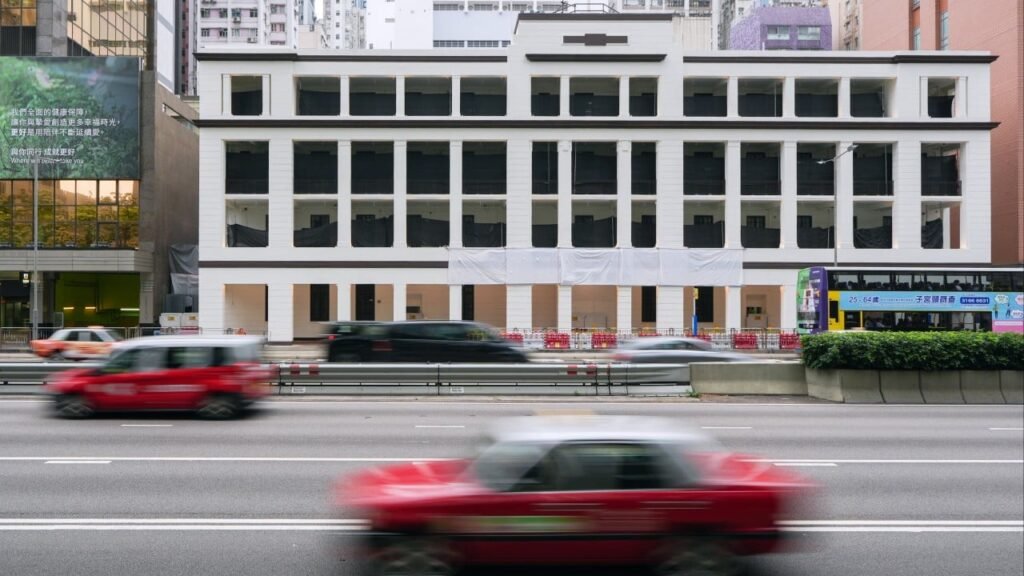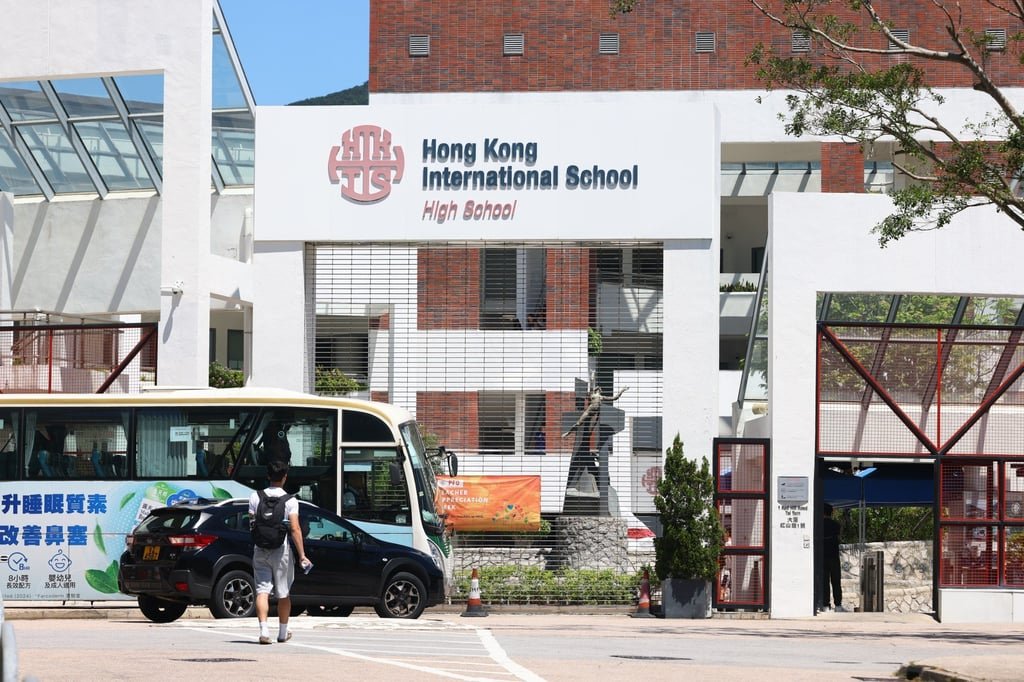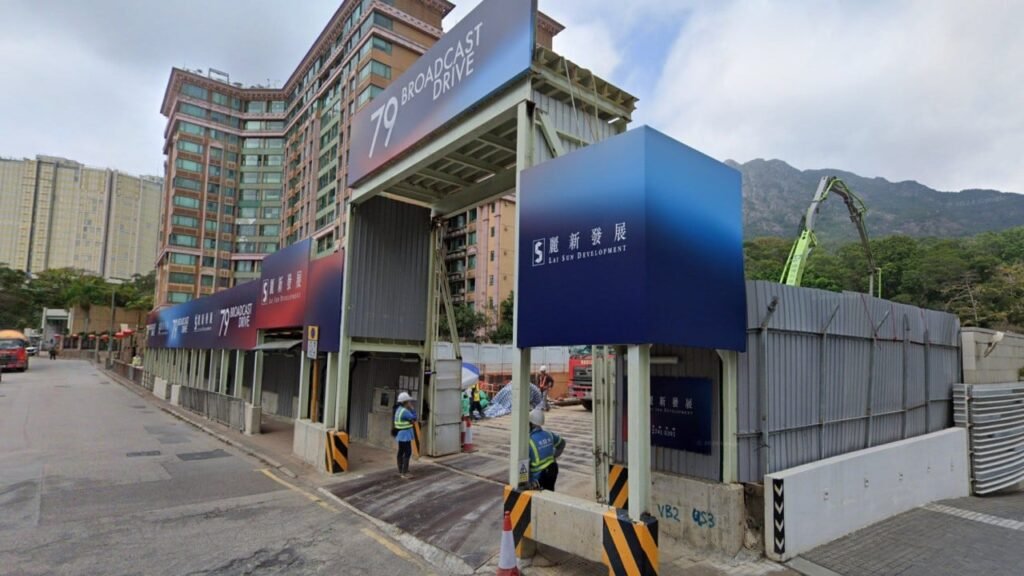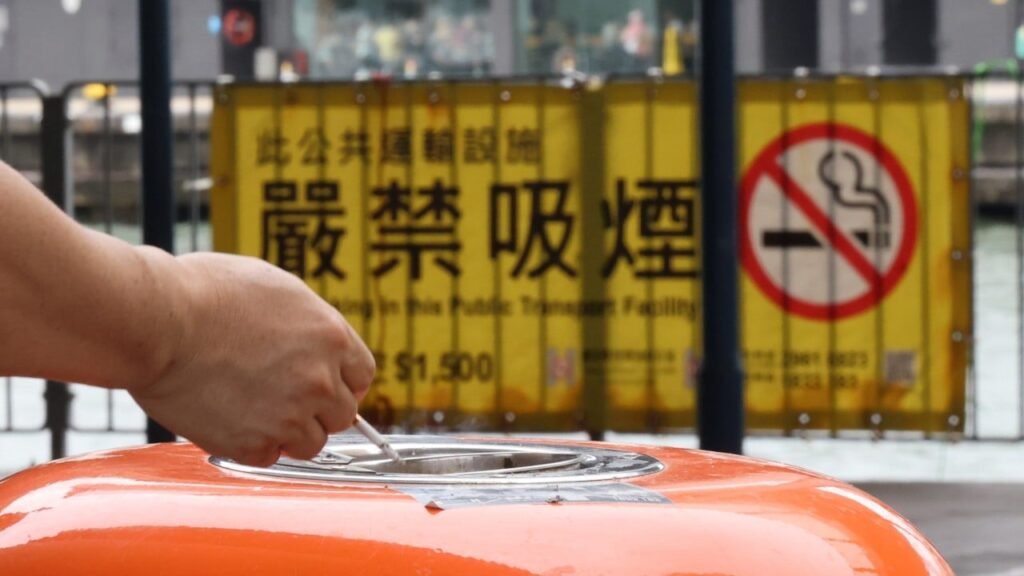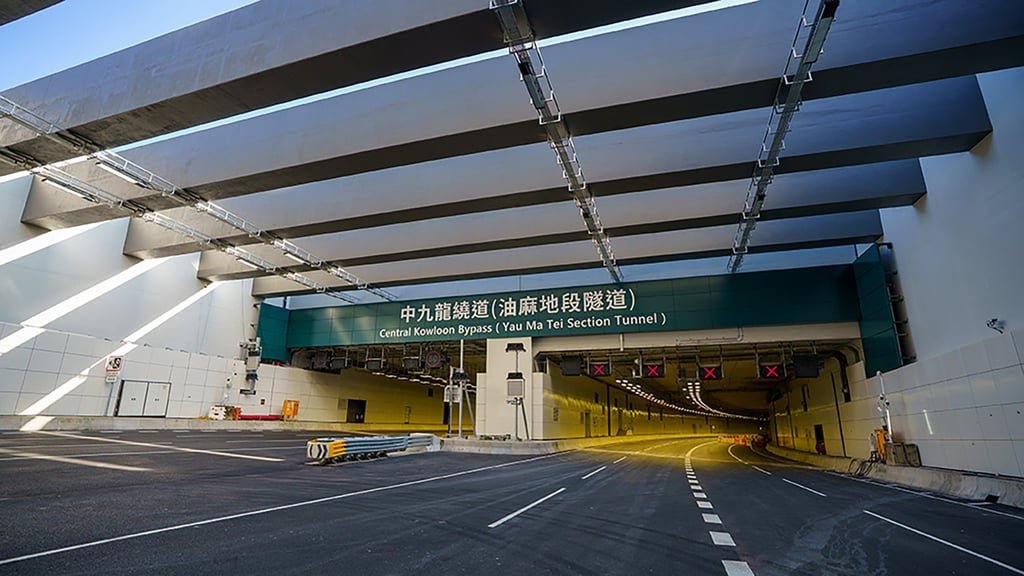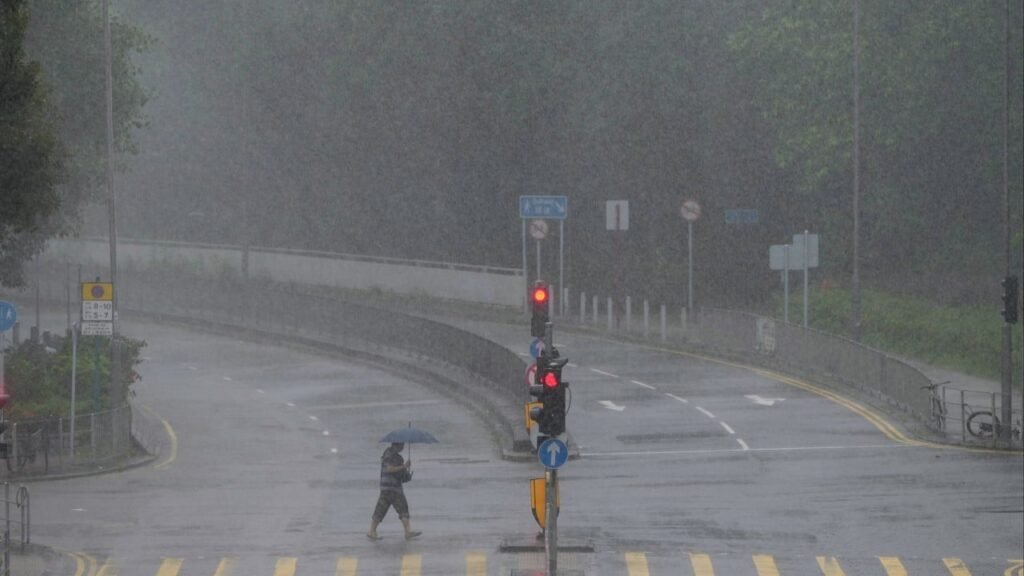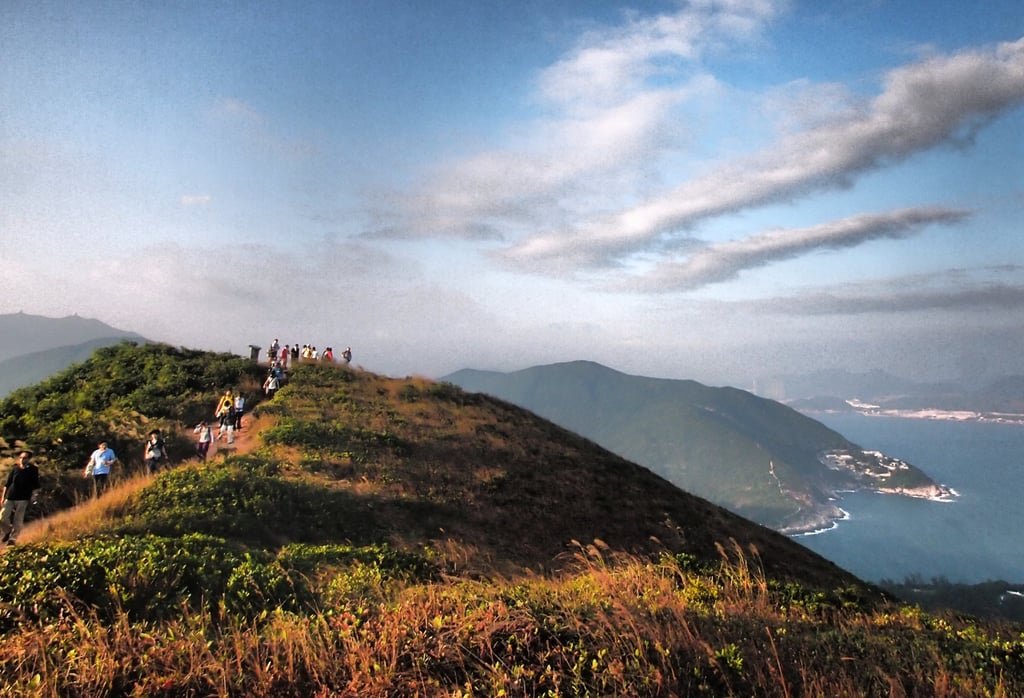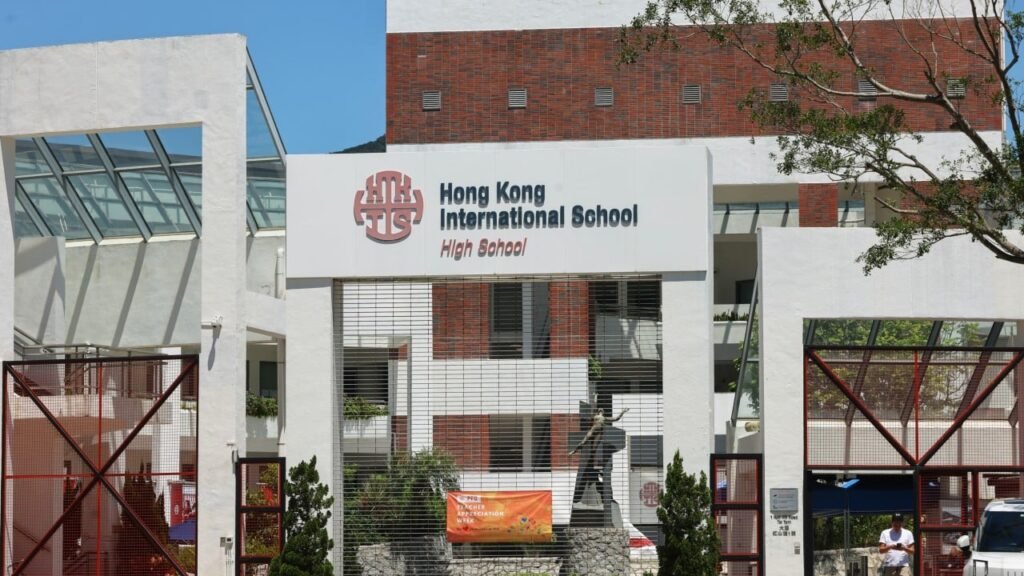Is Hong Kong’s most ambitious cultural project becoming its most expensive liability? More than a decade and nearly HK$50 billion (US$6.4 billion) later, the West Kowloon Cultural District finds itself in a precarious position. The government’s flagship arts and culture hub, which was meant to catapult the city into the ranks of global cultural capitals, now risks being remembered less for its creative breakthroughs than for its governance and financial headaches.
The numbers alone tell a sobering story. In the 2024-25 financial year, the district recorded a deficit of HK$769 million, up a third from the previous year. Annual revenue dropped 18 per cent despite rising visitor numbers and events. For a project built on the promise of art nourished by commerce and commerce inspired by art, the gap between ambition and reality is becoming harder to ignore.
It wasn’t supposed to be this way. When the Legislative Council approved HK$21.6 billion in seed funding back in 2008, the expectation was clear: West Kowloon would operate like a sophisticated cultural-commercial ecosystem. Through careful urban planning and strategic real estate development such as hotels, offices and flats, the district would generate steady income to fund the arts. That was the bargain struck with taxpayers.
Today, the reality looks far less balanced. The core museums – M+ and the Hong Kong Palace Museum – are indeed impressive achievements, complemented by the Xiqu Centre and the Art Park. However, the promised integrated commercial engine never fully materialised. Projects were delayed for years, and tenders struggled to attract interest. With Hong Kong’s property market now sluggish, the fallback strategy of selling or leveraging land assets feels like mortgaging the future to patch the present.
Meanwhile, the district’s cost structure resembles less a lean cultural enterprise and more a sprawling public agency. Personnel expenses climbed 27 per cent from last year to HK$571 million, with staffing levels and pay scales that appear high by the standards of comparable cultural institutions. At the top, compensation is striking: the CEO earns more than HK$6 million a year, nearly twice the salary of a United States president. Senior executives take home HK$2.5 million to HK$7 million each. For an institution wrestling with persistent deficits, these figures inevitably raise questions.

The management structure adds to the weight. A tangle of overlapping boards, committees and advisory bodies has produced not dynamism but delay. The district boasts an alphabet soup of panels, yet progress remains uneven. Both M+ and the Palace Museum have their own boards, raising the question of whether duplication undermines efficiency. The system reflects Hong Kong’s instinct for thorough oversight, but in practice it could constrain agility at a time when flexibility is urgently needed.
Visited 1 times, 1 visit(s) today

